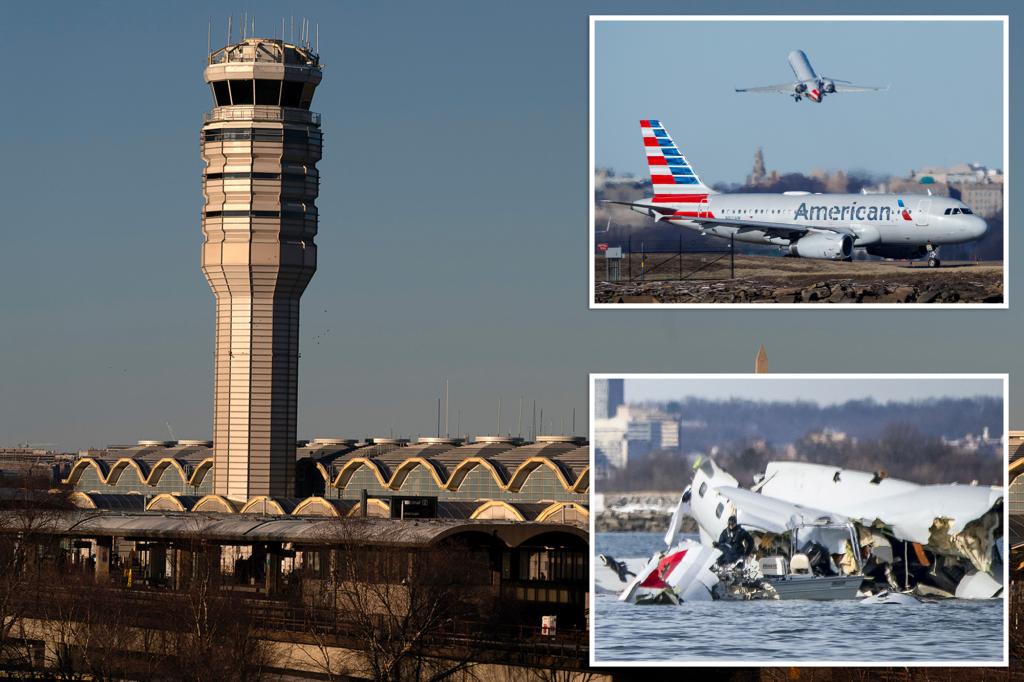The US aviation system experienced a significant disruption on Saturday night due to a temporary outage of the Notice to Air Missions (NOTAM) system, a critical communication platform used to relay essential safety information to pilots and airports. The system failure, while not impacting the immediate safety of air travel due to backup systems, raised concerns about potential flight delays and highlighted the vulnerability of critical aviation infrastructure. Although the Federal Aviation Administration (FAA) activated contingency plans, the outage underscored the importance of robust and reliable systems for ensuring the smooth and safe operation of air travel.
The NOTAM system serves as a vital link between airports, pilots, and other aviation personnel, providing real-time updates about potential hazards and changes in flight conditions. These notifications can include information about runway closures, obstacles near airports, bird activity, and other critical details necessary for safe flight operations. The system’s failure, even temporarily, disrupted the flow of this crucial information, potentially increasing the risk of incidents and impacting the efficiency of air travel. While backup systems prevented a complete shutdown of the national airspace, the situation highlighted the potential for disruption in the event of a prolonged system outage.
The FAA’s response to the NOTAM outage involved activating backup systems to maintain essential air traffic control functions. While these systems allowed for continued flight operations, they did not fully replicate the comprehensive information provided by the primary NOTAM system. This resulted in some residual delays and cancellations as airlines and airports adjusted to the limited information available. The FAA worked diligently to restore the primary system, emphasizing the importance of a fully functional NOTAM system for maintaining optimal air traffic flow and safety.
The timing of the NOTAM outage was particularly concerning, occurring just days after two tragic plane crashes shook the nation. A mid-air collision between an Army Black Hawk helicopter and an American Airlines passenger plane near Ronald Reagan Washington National Airport resulted in a devastating loss of life, marking the deadliest US air disaster since 2001. This incident was followed by another fatal crash involving a medevac plane in Philadelphia, further underscoring the inherent risks associated with air travel. While the NOTAM outage was not directly related to these crashes, it served as a reminder of the complex and interconnected nature of aviation safety and the importance of maintaining robust systems to mitigate risks.
The NOTAM system outage, although temporary, revealed potential vulnerabilities in the nation’s air traffic control infrastructure. The reliance on a single primary system, even with backup capabilities, raises questions about the resilience of the system to more prolonged disruptions. The incident highlighted the need for ongoing investment in maintaining and modernizing critical aviation systems to ensure their reliability and robustness in the face of potential failures. The FAA’s response to the outage demonstrated the importance of having contingency plans in place, but it also emphasized the need for continuous improvement and investment in these systems.
The incident involving the NOTAM outage served as a stark reminder of the intricate and delicate balance required to maintain safe and efficient air travel. While the immediate impact of the outage was mitigated by backup systems, the event exposed the potential for significant disruptions in the event of a more prolonged system failure. The incident underscored the critical role of the NOTAM system in providing timely and accurate information to pilots and airports, ensuring the safety of air travel, and maintaining the smooth flow of air traffic across the nation. The FAA’s response, while effective in preventing a complete shutdown, highlighted the need for continued investment in strengthening and modernizing critical aviation infrastructure to enhance the resilience and reliability of the system.











